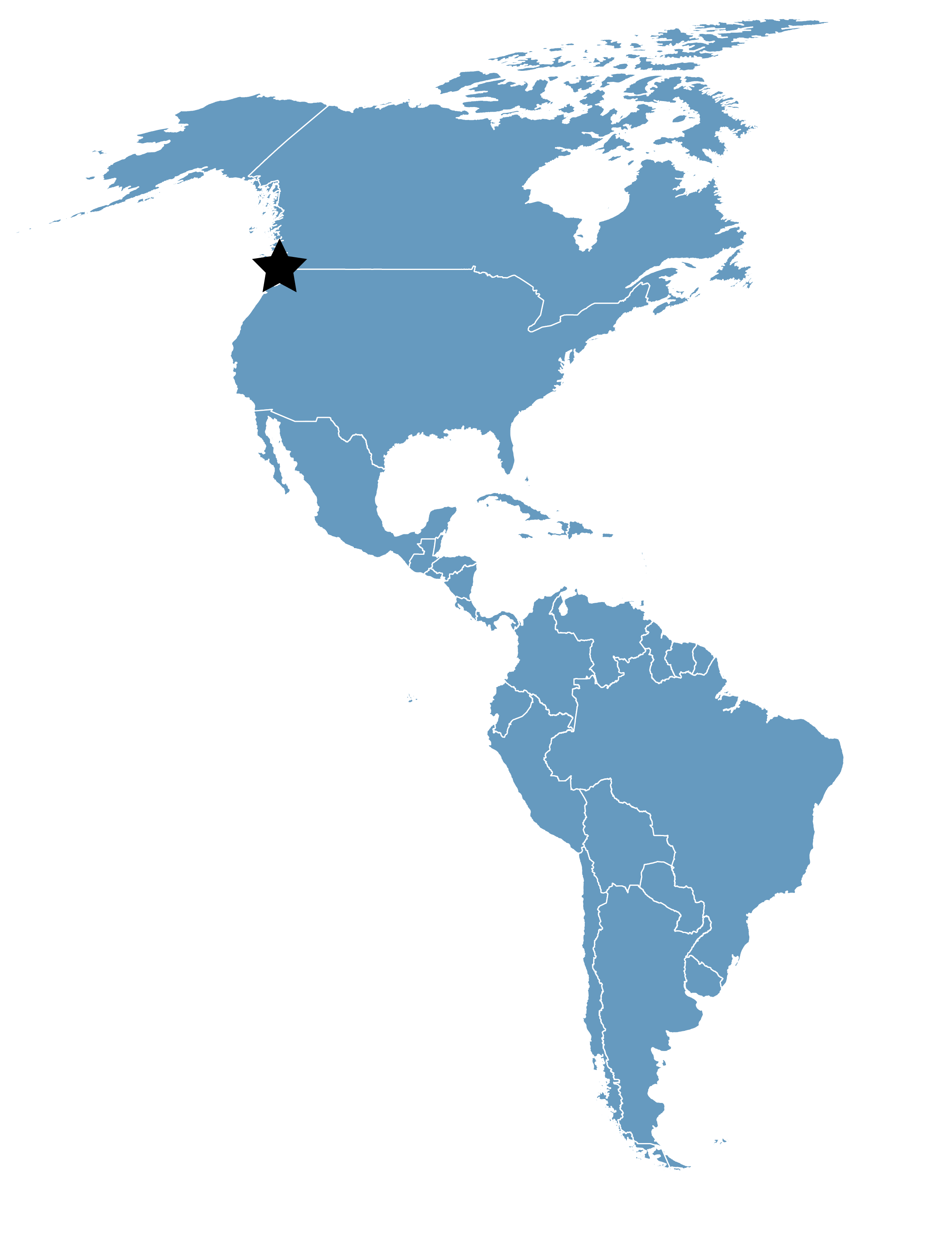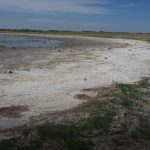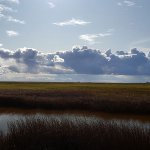Tofino Wah-nah-jus Hilth-hoo-is Mudflats
Location
British Columbia, Canada
Category
Regional
Basis for Designation
More than 20,000 shorebirds per year.
Size
5,533 hectares (13,672 acres)
Date Designated
March 2013
Site Owner
BC Ministry of Environment
Parks Canada
District of Tofino
Tla-o-qui-aht First Nations
Site Partners
Raincoast Education Society
Overview
The Tofino Wah-nah-jus Hilth-hoo-is Mudflats are located near the town of Tofino, British Columbia, and are comprised of six tidal sand and mud flats, known locally as Arakun Flats, Ducking Flats, Doug Bank’s Flats, Maltby Slough, South Bay, and Grice Bay. In addition, this designation includes Chesterman Beach and Long Beach, located on the west side of the Esowista Peninsula.
The area contains a very diverse collection of habitats including tidal flats, gravel beaches, marshes, tidal channels, streams, riparian areas, and dense coastal temperate rainforest. The mudflats with rich nutrients and organic sediment host the marine worms, clams, crabs, and ghost shrimp that make the site a critical stopover site for migrating shorebirds, particularly Western Sandpipers. Rocky islands and wave-washed sand beaches with piles of driftwood along the upper tide line also provide important foraging and roosting habitat for shorebirds.
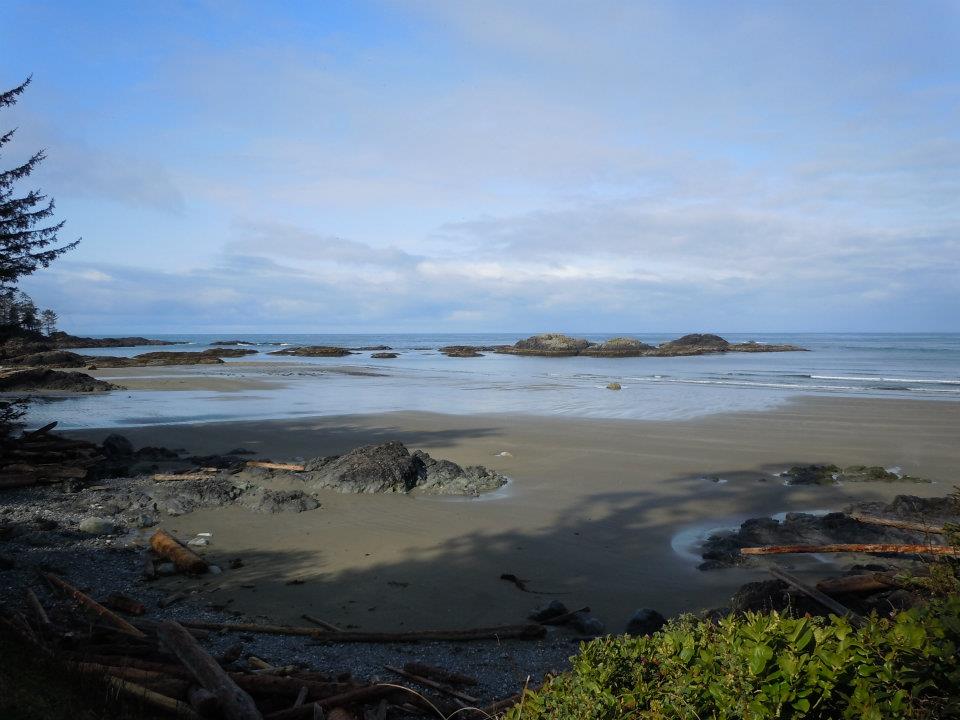
Tofino Wah-nah-jus Hilth-hoo-is landscape. Photo: Meredith G. Morehouse.
In addition to shorebirds, the areas within and adjacent to the Tofino Wah-nah-jus Hilth-hoo-is Mudflats provide important wintering habitat for a variety of waterfowl, including thousands of American Wigeon and Green-winged Teal, as well as Mallard, Northern Pintail, Bufflehead, Gadwall, Northern Shoveler, Common Merganser, as well as various species of loons and grebes.
The Tofino Wah-nah-jus Hilth-hoo-is Mudflats also serve as an important feeding area for the northwestern population of the Great Blue Heron (ssp. fannini) during late summer, and up to 100 individuals occur on the mudflats each August. This number represents approximately 1.1% of the global population of this subspecies. The fannini ssp. of the Great Blue Heron has been identified as nationally vulnerable.
Ecology and Conservation
The majority of Tofino Wah-nah-jus Hilth-hoo-is Mudflats within the boundaries of the Tofino Mudflats Wildlife Management Area (WMA) designated in 1997, which is actively managed by the BC Ministry of Environment to ensure the long-term viability and ecological health of the fish and wildlife for their intrinsic value and commercial, recreational, and cultural uses.
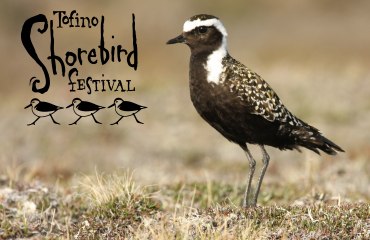
Tofino Shorebird Festival banner.
The Tofino Mudflats Wildlife Management Area (WMA) is 21 square kilometers of rich, diverse habitats for numerous wildlife species. It is comprised of tidal flats, shallow to deep subtidal areas, rock and gravel beaches, marshes, tidal channels, streams, riparian areas, and dense coastal temperate rainforest. More sheltered than most intertidal environments, and richer in nutrients, the mudflats are a fascinating place to explore. With tides that ebb up to 2.25 kilometers and mud as deep as 6ft, numerous species call the Tofino mudflats home. Pipefish, ghost shrimp, and ribbon worms are just some of the small fish and invertebrates that spend their whole lives in the eelgrass and mud of Tofino Mudflats WMA. Other animals use the mudflats daily or seasonally. Thousands of migratory and local birds species can be found feeding and resting. Grey whales and orcas pass through the area’s deep channels. Bears, cougars and wolves forage in the forest and shoreline environments.




